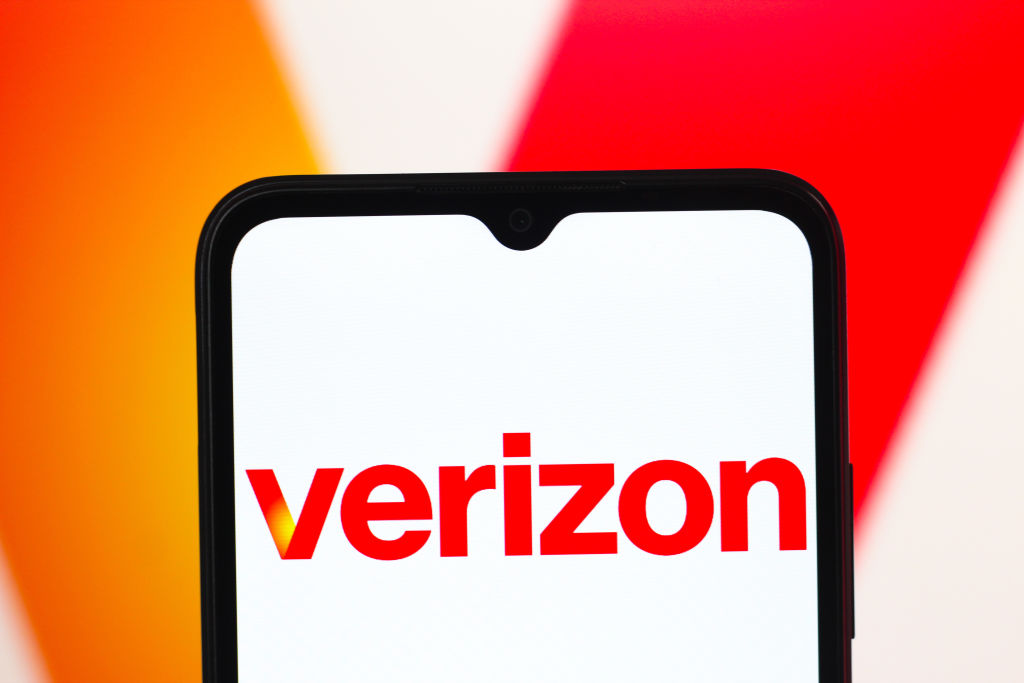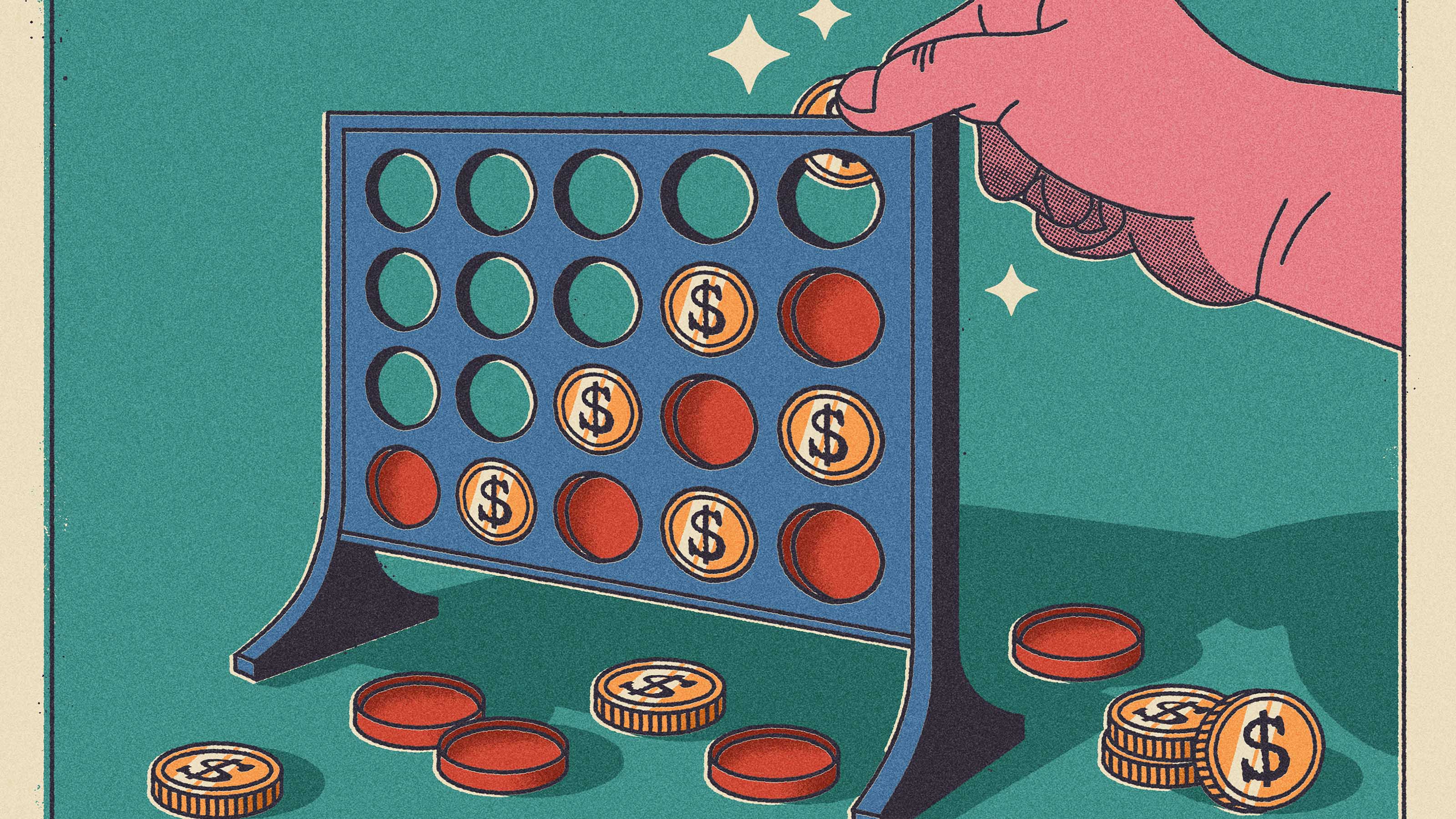A Year-End Assessment of My Stock Portfolio
Kathy Kristof put her real money into the market so she can help you be a better investor. Here's how she's done over the past year.

Ah, fickle fate. The thing I’ve learned over the past year of investing in public is that the answer to the question “Are you a hero or a bum?” depends on when you grade yourself. On any given day, I could be well ahead of or way behind my benchmark, depending on what a company in my portfolio said when it reported earnings or what some outside analyst said about the stock. Or it could depend on whether stocks were soaring or plunging, and much of that depended on what kind of mood investors were in that day. The market’s performance—and that of my portfolio—has convinced me of what I’ve suspected for some time: Mr. Market is bipolar.
Mr. Market has been upbeat of late, and so, not surprisingly, my portfolio has earned good money. Since October 11, 2011 (the date I bought my first stock), the package has gained 12%, including dividends. The U.S. stock market, as measured by my chosen benchmark, Vanguard Total Market Index ETF (symbol VTI), climbed 25% (all returns are through October 4).
Imperfect Bogey
Even though a 12% return is lovely, I would consider trailing the index by 13 percentage points pathetic—if I had been fully invested the entire time. In reality, because I purchased stocks slowly over the course of the year, my portfolio held a large amount of cash paying nothing for much of the time. So, in a period of generally rising share prices, I would be handicapping my results by comparing them with the index’s raw returns.

Sign up for Kiplinger’s Free E-Newsletters
Profit and prosper with the best of expert advice on investing, taxes, retirement, personal finance and more - straight to your e-mail.
Profit and prosper with the best of expert advice - straight to your e-mail.
So I decided to look at how the Vanguard exchange-traded fund would have fared had I bought it gradually, on the same schedule as my stock purchases. By doing this, I created a benchmark against which I measured my stock-picking skills rather than my success (or lack thereof) as a market timer. Using this approach, my benchmark gained 14%, beating my portfolio by two points.
By far, my best performer was Apple (AAPL). It returned 72% on my initial investment of $9,755. (I’m attempting to buy all holdings in increments that come as close to $10,000 as stock prices allow. The idea is to make it easy to see how each holding has done at a glance by simply comparing how much it’s up or down from the initial $10,000.)
Other noteworthy winners were American Capital (ACAS), KKR Financial (KFN), Seagate Technology (STX) and Target (TGT). KKR returned 33%. In considerably less than a year, American Capital and Seagate each gained 31%, and Target earned 27%. My biggest losers? Schnitzer Steel (SCHN) and Sohu.com, which lost 39% and 25%, respectively.
Of course, any collection of stocks, whether it’s an index or an actively managed portfolio, will have its share of winners and losers. The biggest difference between my stocks and the market is that a greater percentage of my gains comes from dividends. Dividends contributed 2.4 percentage points of my portfolio’s return, or roughly 20% of the total. By contrast, VTI’s dividends contributed 1.1 percentage points of the ETF’s return, or about 8% of the total.
In the July issue, I wrote about the desirability of owning real estate investment trusts. They were the key to the higher yield. Ten percentage points of my KKR return came from reinvested cash dividends. Starwood Property Trust (STWD), purchased in March, has delivered 4% in dividend yield out of the stock’s total return (yield plus appreciation) of 12%. Apollo Commercial Real Estate Finance (ARI), also purchased in March, has paid two dividends, which have produced a 5% yield. Since my purchase, the stock has returned 10%.
Some investors worry that REITs will not be able to sustain their high dividends. I think the right REITs can, and they give my portfolio a cushion that helps it survive Mr. Market’s frequent mood swings.
Kathy Kristof is a contributing editor to Kiplinger’s Personal Finance and author of the book Investing 101. Follow her on Twitter. Or email her at practicalinvesting@kiplinger.com.
Get Kiplinger Today newsletter — free
Profit and prosper with the best of Kiplinger's advice on investing, taxes, retirement, personal finance and much more. Delivered daily. Enter your email in the box and click Sign Me Up.

-
 Verizon’s Free iPhone Deal: What to Know Before You Switch or Upgrade
Verizon’s Free iPhone Deal: What to Know Before You Switch or UpgradeVerizon is offering a free smartphone — including the latest iPhones — with any myPlan, plus a three-year price lock. But is it really the best deal for you?
By Choncé Maddox
-
 Married? Five Ways to Ensure Your Estate Plans Work in Tandem
Married? Five Ways to Ensure Your Estate Plans Work in TandemGetting on the same page now means fewer potential problems when it counts.
By Kiplinger Advisor Collective
-
 I Have $20,000 to Invest. What Should I Do?
I Have $20,000 to Invest. What Should I Do?We asked a financial expert to weigh in on where to invest $20,000.
By Charles Lewis Sizemore, CFA
-
 How to Master Index Investing
How to Master Index InvestingIndex investing allows market participants the ability to build their ideal portfolios using baskets of stocks and bonds. Here's how it works.
By Nellie S. Huang
-
 16 Low-Cost ETFs to Buy
16 Low-Cost ETFs to BuyExpense ratios for index funds have declined in recent years, making them a cheap investing strategy to consider. Here are 16 low-cost ETFs to consider.
By Kyle Woodley
-
 How to Beef Up Your Portfolio Against Inflation
How to Beef Up Your Portfolio Against Inflationinvesting These sectors are better positioned to benefit from rising prices.
By Karee Venema
-
 Taxable or Tax-Deferred Account: How to Pick
Taxable or Tax-Deferred Account: How to PickInvesting for Income Use our guide to decide which assets belong in a taxable account and which go into a tax-advantaged account.
By Nellie S. Huang
-
 Smart Investing in a Bear Market
Smart Investing in a Bear Marketinvesting Here's how to make the most of today’s dicey market.
By Anne Kates Smith
-
 How to Open a Stock Market Account
How to Open a Stock Market Accountinvesting Investing can be fun, but you need a brokerage account to do it. Fortunately, it’s easy to get started.
By Rivan V. Stinson
-
 The Right Dividend Stock Fund for You
The Right Dividend Stock Fund for YouBecoming an Investor Dividend stock strategies come in many different flavors. Here's what to look for.
By Adam Shell